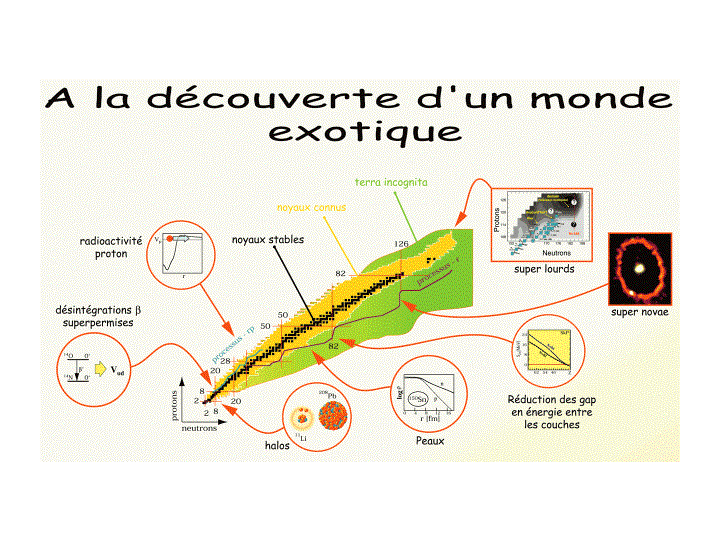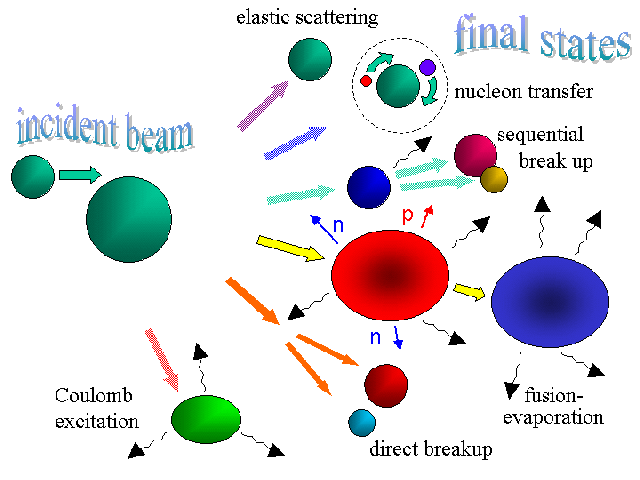![]()
![]()

Nuclear structure studies have acquired a new dimension as a result of the recent availability of high-energy radioactive ion beams produced via projectile-fragmentation techniques. New regions of the nuclear chart far from the valley of beta-stability can, for the first time, be explored in order to search for new phenomena in these nuclei, which have very exotic neutron number (N) to proton number (Z) ratios. It also allows stringent tests of the predictive power of nuclear models to be made, models that were designed to reproduce and understand the properties of stable nuclei. Studying unstable nuclei is also crucial to understand and describe the processes of nucleosynthesis in astrophysics.
Very recently high-intensity and high-quality beams of low-energy radioactive ions have become available at facilities such as SPIRAL (GANIL, France) and REX-ISOLDE (CERN, Switzerland) in Europe. These beams will allow us to study reactions with lower cross-sections, to go even farther from stability and most importantly to use reaction mechanisms that are dominant at Coulomb barrier energies such as fusion or nucleon-transfer reactions. These reactions are presently unreachable but are the best tools to understand nuclear structure.

The EXOGAM gamma-ray spectrometer, currently
being built by a large European collaboration including the University
of Liverpool, used together with charged-particle detectors, will be the
key tool for these types of studies. Elastic and inelastic scattering reactions
as well as nucleon-transfer reactions are promising for the study of matter
distributions in exotic nuclei, deformations, modifications of shell-structure
far from stability, the behaviour of giant resonances versus proton-neutron
asymmetry, etc. These experiments will be performed with the new large-acceptance
VAMOS spectrometer,
currently under construction at SPIRAL,
used in coincidence with light charged-particle multidetectors such as
MUST,
TIARA,
GREAT. Bringing these ambitious new
projects at SPIRAL
and elsewhere to fruition will certainly be a major experimental challenge.
SIRIUS Science
booklet
GANIL & SPIRAL,
Caen (France)
SPIRAL
- a new facility for the production and acceleration of radioactive ion
beams at GANIL
GSI, Darmstadt (Germany)
University of Jyväskylä (Finland)
NSCL/Michigan State University, East Lansing
(USA)
in Europe:
SPIRAL II/LINAG,
France
GSI future facility
project, Germany
EURISOL
in North America:
RIA
![]()